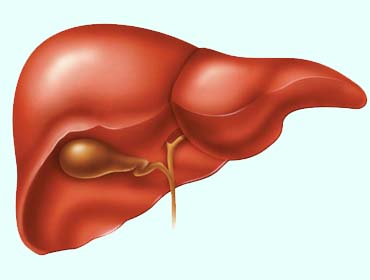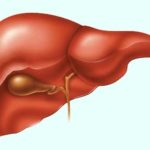Liver
Description
- Autoimmune Hepatitis
Autoimmune hepatitis is a disease in which the body’s immune system attacks liver cells. This immune response causes inflammation of the liver, also called hepatitis. Read more… - Cirrhosis of the Liver
Cirrhosis is when the liver slowly deteriorates and malfunctions due to chronic injury. Scar tissue replaces healthy liver tissue, partially blocking the flow of blood through the liver. Read more… - Fatty Liver
Fatty liver is a reversible condition where large vacuoles of triglyceride fat accumulate in liver cells via the process of steatosis. Read more… - Hemochromatosis
Hemochromatosis is a common form of iron overload disease. Primary hemochromatosis is an inherited disease. Secondary hemochromatosis is caused by alcoholism, anemia and other disorders. Read more… - Hepatitis A, Hepatitis B, Hepatitis C
Viral hepatitis is an inflammation of the liver. Several different viruses, named the hepatitis A, B, C, D, and E viruses, cause viral hepatitis. All of these viruses cause acute, or short-term, viral hepatitis. Read more… - Primary Biliary Cirrhosis
Primary biliary cirrhosis is a chronic liver disease that causes the bile ducts in the liver to become inflamed and damaged and, eventually, disappear. Read more… - Primary Sclerosing Cholangitis
Primary Sclerosing Cholangitis (PSC) is a disease that damages and blocks bile ducts inside and outside the liver. Bile is a liquid made in the liver. Bile ducts carry bile out of the liver to the gallbladder and small intestine. In the intestine, bile helps break down the fat in food. Read more…

